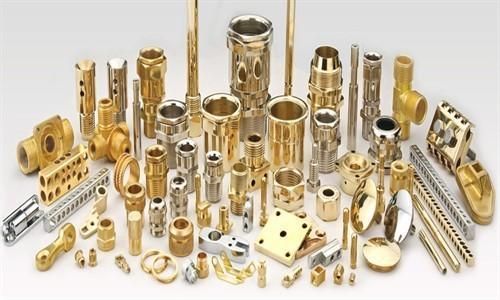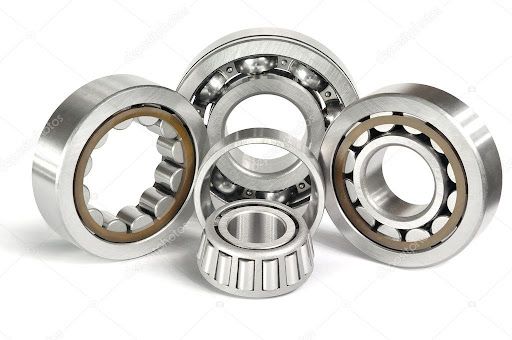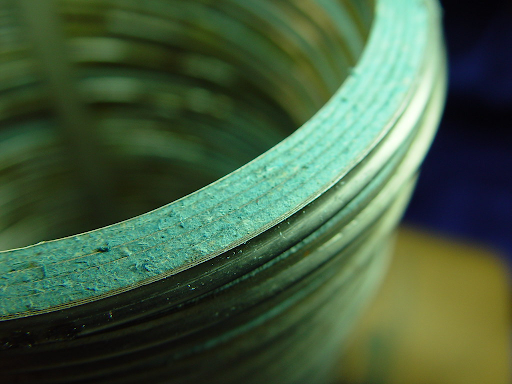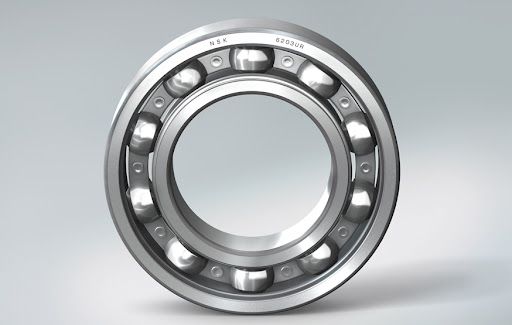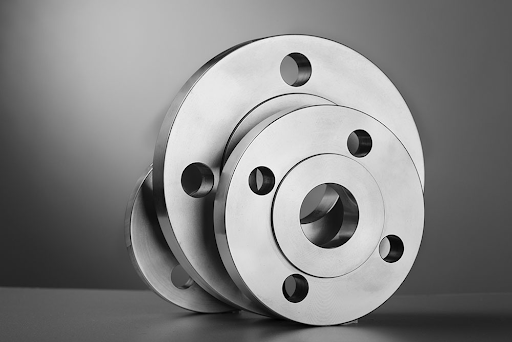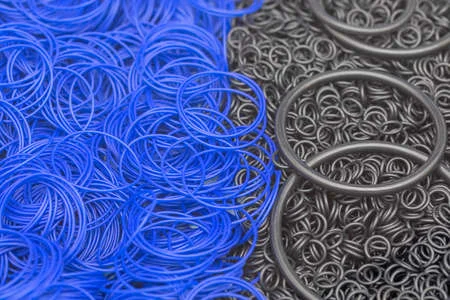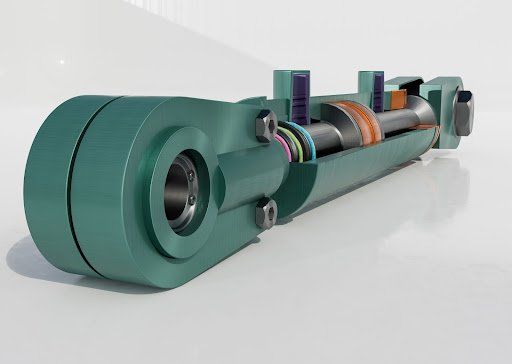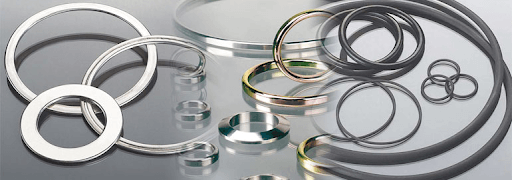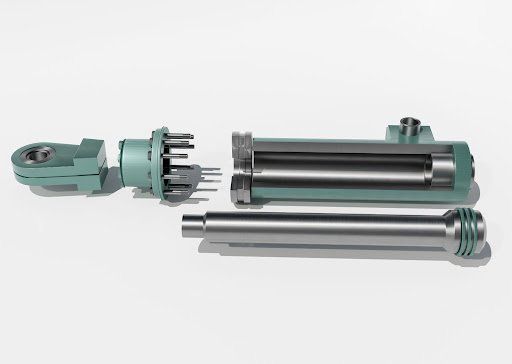Understanding Elastomeric Couplings
Understanding Elastomeric Couplings
A coupling is a mechanical device that is used to connect two rotating shafts together, allowing them to transmit power. Elastomeric couplings, which fall under the category of flexible (non-metallic) couplings, are designed to not only transmit torque, but to accommodate for varying degrees of misalignment (up to 3 degrees) between the shafts as well.
The Benefits Of Flexible Couplings
Elastomeric couplings feature two central hubs and either one or two elastic elements, through which they transmit torque. The elastic material is designed to wear out, saving the metal components from costly maintenance. Unlike other kinds of couplings, elastomeric couplings don’t require lubricants (saving more costs and maintenance) and the elastic material helps to dampen vibration and reduce noise. They are also less expensive than their metal counterparts.
The Limitations Of Flexible Couplings
While they’re known for their resilience, elastomeric couplings are essentially made from rubber or plastic, which means they are sensitive to chemicals and high temperatures. Exposure to heat build-up, environmental factors, chemical contamination and loading fatigue are the leading causes of elastomeric coupling failure. As a coupling, they also have quite a large outside diameter, making them difficult to balance and sometimes unusable in a particular assembly.
Types Of Flexible Couplings
Elastomeric couplings are grouped according to the way their elastic element transmits power. These fall into three different types, namely compression, shear, or a combination of both.
As their names suggest, in compression type couplings the elastic elements are compressed as torque is transmitted. Common types of compression elastomeric couplings include jaw and donut elements.
In shear type couplings, when torque is transmitted the elastic elements absorb some of the force by twisting and stretching. Common types of shear elastomeric couplings include tire, sleeve and moulded elements. Combination compression and shear types are not very common but function in a similar way to gear couplings.
Of the many different kinds of couplings available, elastomeric couplings are often the more popular choice thanks to their lower cost and maintenance features. If you’re in the market for these flexible couplings or would simply like some more information, get in touch with the Bearing Centre team today . We’ll be more than happy to assist you with your coupling requirements!

